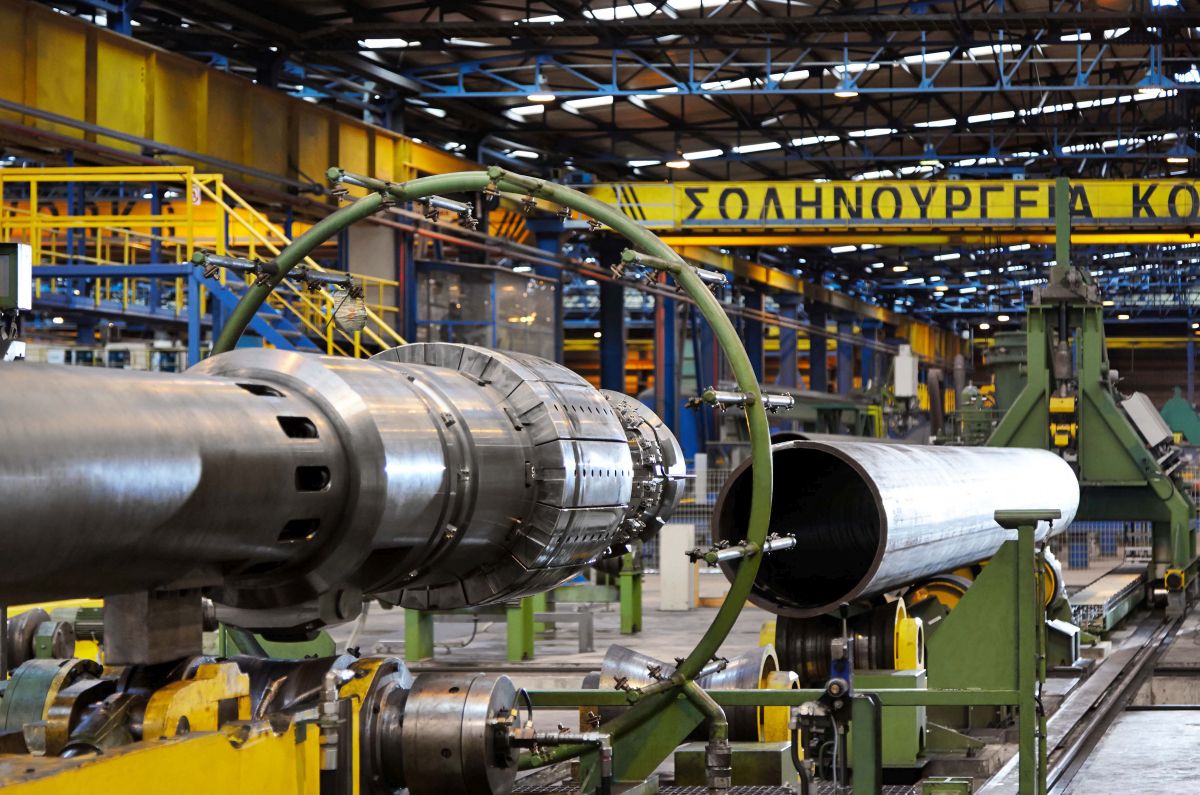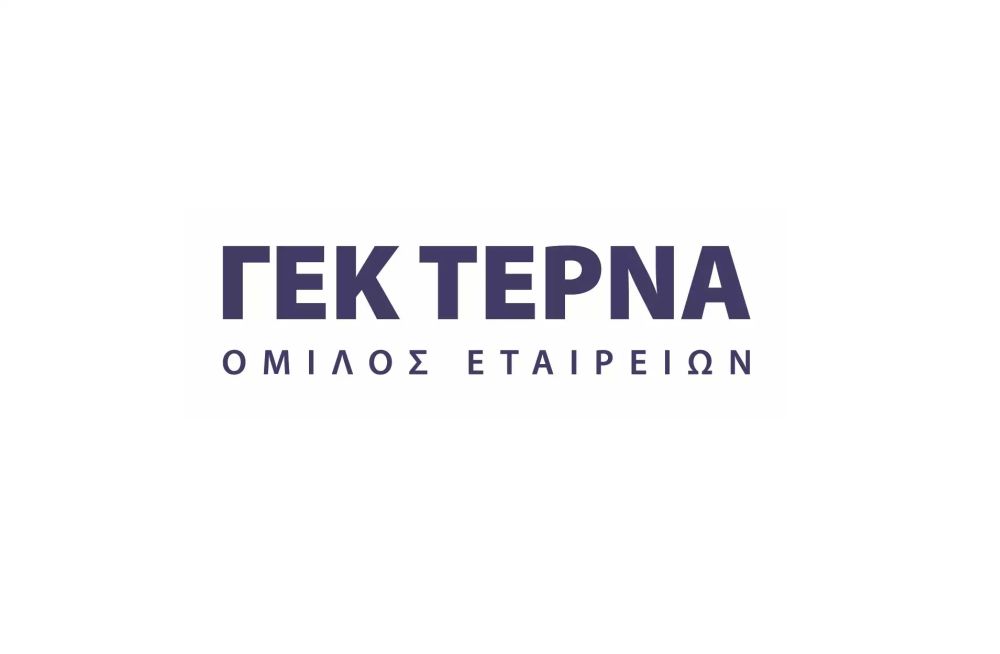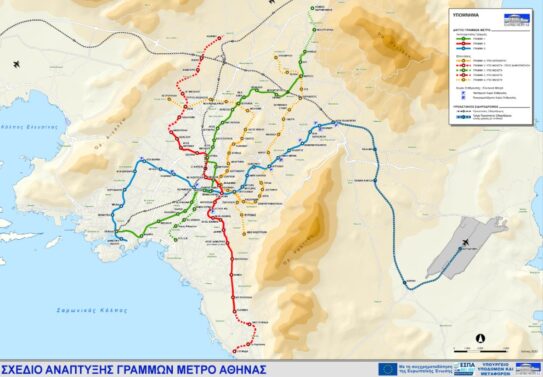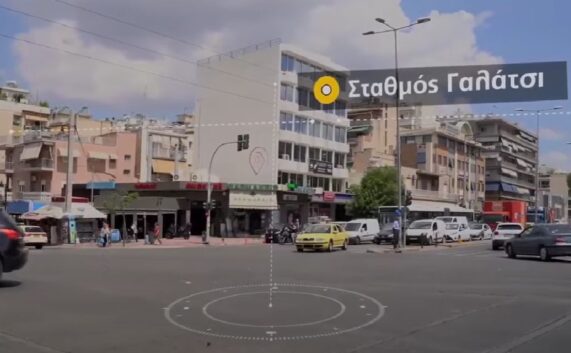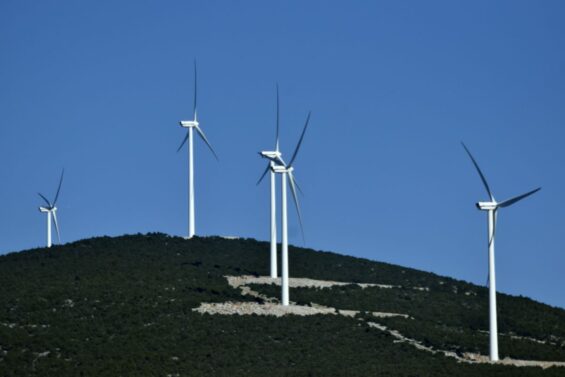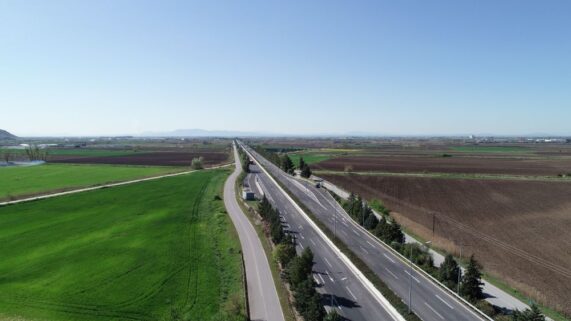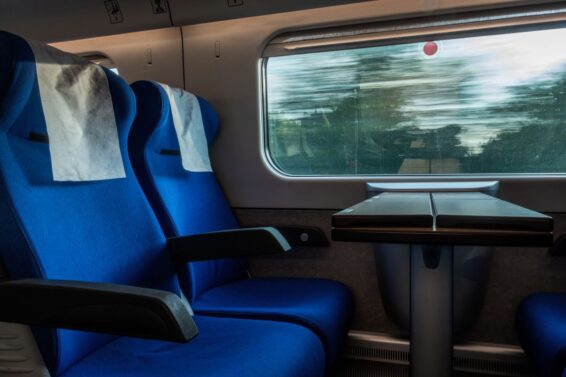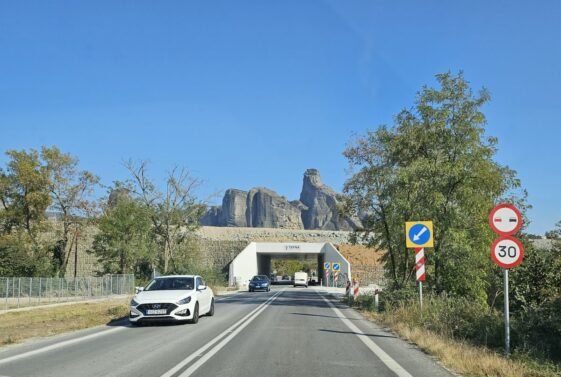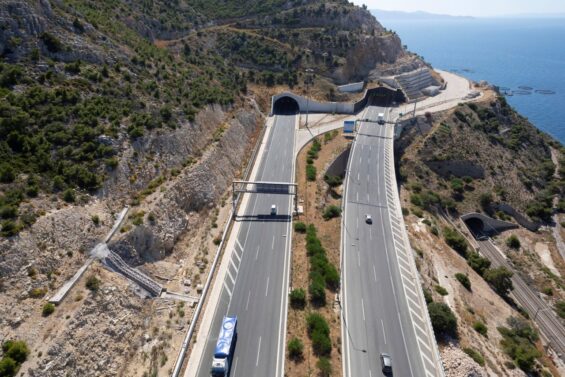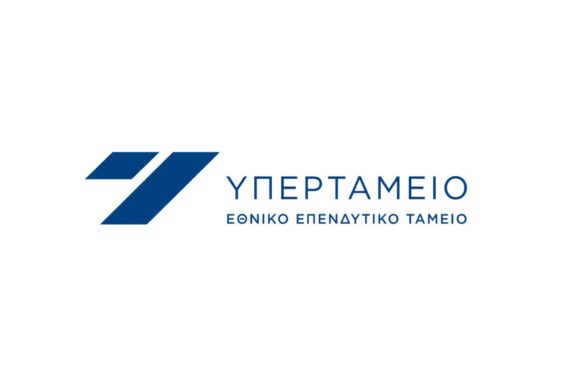Just 3 days before the operation of the Greece’s longest railway tunnel and preparations are hectic. Effective from February 1st, the old railway section from Tithorea to Lianokladi in Central Greece, will cease to operate giving its place to the new adjacent double-track, high-speed line.
Modern electric trains will be able to cross Kallidromo Tunnel, as well as Tithorea-Lianokladi section in Central Greece and part of Athens-Thessaloniki renovated corridor, with speeds reaching up to 200 km per hour, a new reality that in the recent past seemed to be science fiction.
With the operation of Kallidromo Tunnel and Tithorea-Domokos section in general, Athens-Lianokladi route will take less than 2 hours while Athens-Thessaloniki route will be reduced to 4 hours and 30 minutes. In 2018, with the completion of the last section (i.e. Lianokladi-Domokos) of Athens-Thessaloniki Corridor, the time distance between the two cities will be covered in about 3 hours and 20 minutes.
The project that stands out for its technical complexity and for its overall effect is of course Kallidromo Tunnel, a twin tunnel 9 km long which is located in Tithorea-Lianokladi-Domokos section. With the term “twin tunnel” we mean that there is a separate tunnel for each direction (Thessaloniki and Athens), according to safety standards set by the EU in the recent years.
But, apart from that, here we are talking about the longest railway tunnel of Greece and the Balkans in general. Its length equals to approximately the -initial at least- size of Thessaloniki Metro or the section of Athens Metro Line 2 between Aghios Antonios and Aghios Dimitrios.
The opening of the tunnel took 16 years, with the first works starting in the distant 1997. Tunneling was finally completed on May 22nd, 2013. The constructions community has characterized it as one of the greatest technical achievements of the country but also worldwide, due to the very challenging subsoil that has cost the project several contracts and hundreds of millions of euros.
For this tunnel to operate properly, state-of-the-art safety systems had to be installed. One of those, is the fire extinguishing system, which was set up IDATOR S.A. The contract included 2 fire extinguishing units, delivering 50 cubic meters (of fire extinguishing foam or water) per hour at 8-bar and 12-bar pressure.
In the construction phase, Xylem Lowara pumps were used for electrical units (main and auxiliary). More specifically, for the main electric pumps, the e-NSC series (30 HP and 100 HP) was preferred, while for the auxiliary, e-HM series (2 HP and 3 HP).
According to the strict specifications of the project, both fire extinguishing units are certified by an independent body, according to EN12845 standards. The CEO of IDATOR S.A., Mr. Giorgos Efstratiadis told Ypodomes.com:
“Our company has been involved in the construction of fire extinguishing systems for the largest projects of Greece, and now for the longest railway tunnel, not only in the country, but in the Balkans too. This makes us proud, we are a 100% Greek company, the construction and installation of the systems took place in our facilities from our skilled staff.
Cooperation with TERNA and ERGOSE has been impeccable and we will continue to provide our services with the maintenance and support the newly installed systems. Our company proves every day its competence on the most difficult technical projects, not only in Greece but also in a global level”.
Nikos Karagiannis-ypodomes.com
Follow Nikos Karagiannis on Twitter
ΜΗΝ ΞΕΧΑΣΕΤΕ
- Ακολουθήστε το ypodomes.com στο Google News και μάθετε πρώτοι όλες τις ειδήσεις για τις υποδομές στην Ελλάδα
- Αν είστε επαγγελματίας του κλάδου, ακολουθήστε μας στο LinkedIn
- Εγγραφείτε στο Ypodomes Web TV

